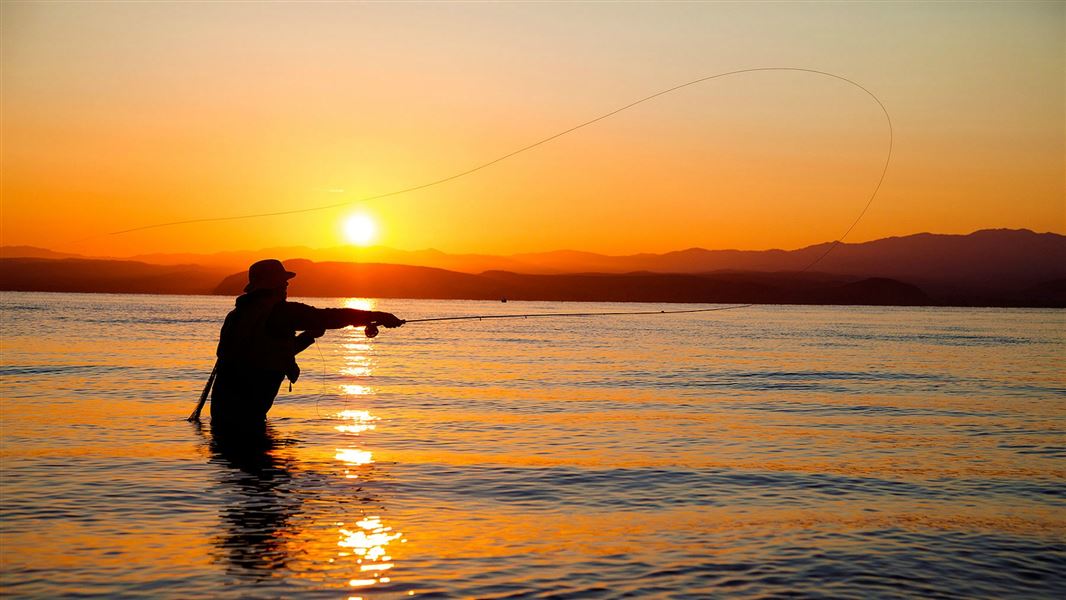Contact
| Turangi Office | |
| Phone: | 0800 275 362 |
| Email: | turangi@doc.govt.nz |
| Postal address: | Private Bag 2 Turangi 3353 |
| Fishery hotline: | +64 27 290 7758 (in an emergency, call 111) |
Partners
New fishing season licences
The 2025/2026 Taupō fishing season starts 1 July 2025.
New season licences are available now.
Newsletters
Subscribe to Taupō Fishery Focus, our bi-monthly newsletter. Catch up on previous editions you may have missed.
Dip into the archive and read old copies of Target Taupō (1989-2015).
Social media
Visit Taupō Trout Fishery on Facebook for all the latest news.
Education
Visit the Tongariro National Trout Centre and see the freshwater museum, aquarium, hatchery and fishing library, feed wild trout or attend a kids fishing day.
